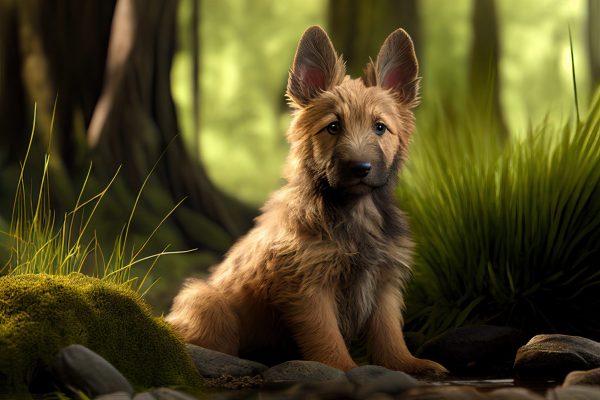
In an article written back in 2015 for the now defunct Dogs in Review (for which we wrote and miss to this day), Kathy Lorentzen posed an important question: “Why?”
Context here is helpful, of course, and Ms. Lorentzen explains that every line in a breed standard is there for a reason. To paraphrase Ms. Lorentzen, we need to study the purpose and development of a breed until we can answer the question,”why” every requirement is listed in a standard.
Admittedly, there may be a few aspects in some breed standards that come down to aesthetics, particularly in the eyes of someone who isn’t a breeder or fancier – but not always. In the eyes of someone with no interest in showing or breeding their dog, color, for example, may seem a capricious quality over which to be concerned. Who cares if a (fill in the breed) is a color outside the breed standard? Who cares if the dog’s eyes are blue, green or brown?
Sheep care.
Sheep are a prey animal, and as such, they must have excellent senses to survive. They have excellent hearing and can direct their ears in the direction of a sound. They are frightened by loud noises, such as barking dogs or howling wolves, which, as it happens, are creatures that can eat them. Sheep have a superb sense of smell and are able to smell water, determine the difference between feed and pasture grass, and use smell to locate their lambs. They are also highly sensitive to what different predators smell like.
But sheep are especially dependent on their vision. They have poor depth perception and quite literally can’t see what is immediately in front of their nose, but their peripheral vision is so exceptional that they can see behind themselves without turning their heads. And while their color vision isn’t as well-developed as it is in humans, sheep are not color blind, and are known to react with fear to new colors.
We circle back to the importance of asking “why” as it pertains to breed standards, and we use the Berger Picard to illustrate the point. The breed standard states that yellow eyes are a disqualification. Why, what does it matter?
Remember that the Berger Picard is a herding dog – among the oldest of the French sheepdogs, as a matter of fact. Its primary job was to move livestock from place to place and patrol the perimeter of its flock while the sheep munched on grass. Sheep (who are not colorblind) are worried by yellow eyes because guess who has them?
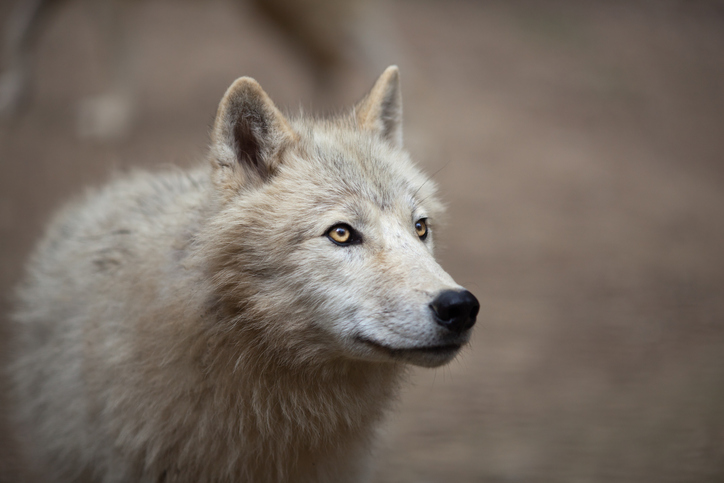
White Wolf by ViktorCap/iStock photo
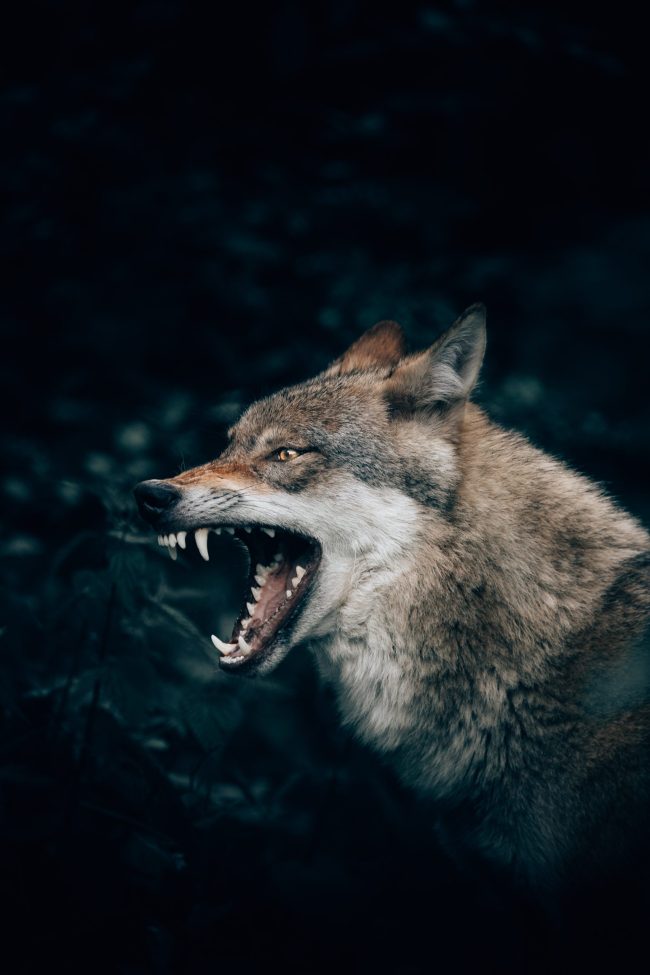
Photo by Philipp Pilz on Unsplash
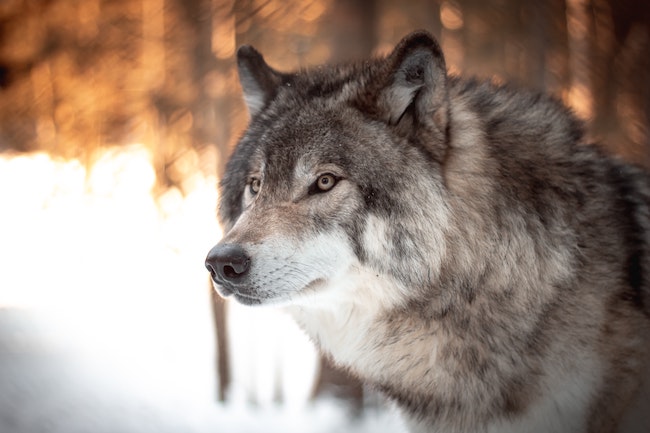
Photo by Milo Weiler on Unsplash
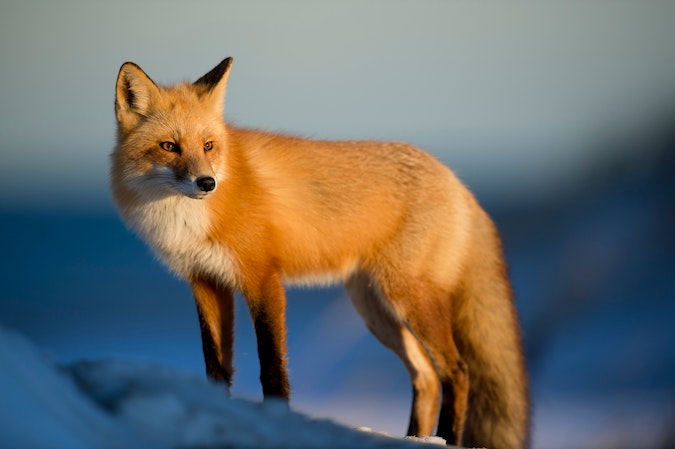
Photo by Ray Hennessy/Unsplash
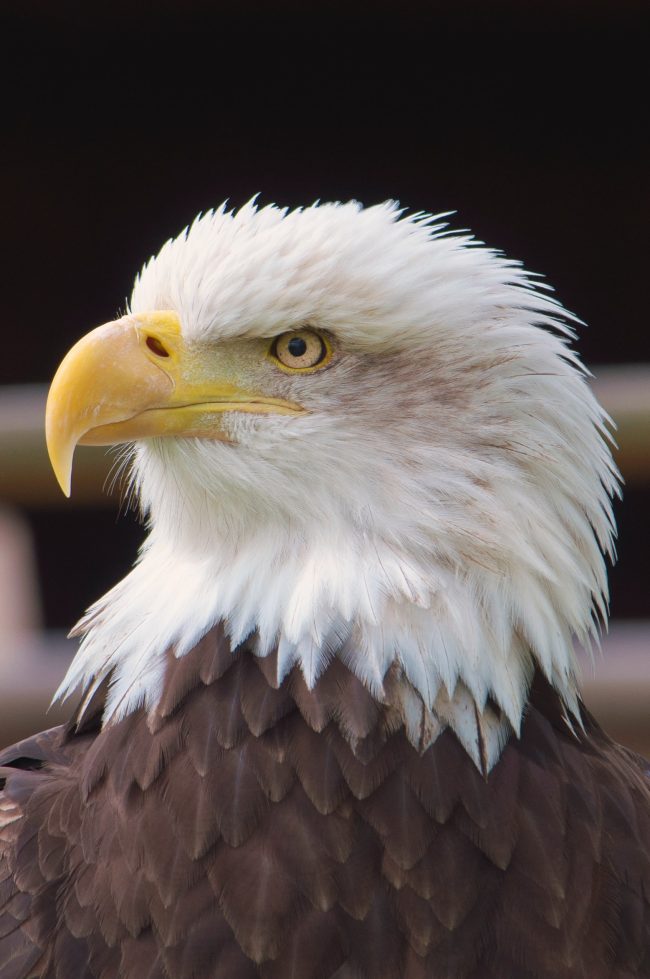
Photo by James Newcombe on Unsplash

Photo of cougar by Bruce Jastrow on Unsplash
All the photos above are of natural predators of sheep. Since sheep see yellow eyes as predatory, it’s not helpful if the dog entrusted to move them looks like a critter that eats them. Fretful sheep don’t do well (sheep worrying is a real thing). Pregnant ewes can miscarry their lambs, have mis-mothering issues with birthed lambs, or lose weight which can lead to illness. The AKC standard was based on the FCI standard, and it was written with the input of breed experts from Europe who inherited the experienced knowledge of shepherds and farmers who worked with Picards over 100 years ago. In this breed, yellow eyes bad.
As long as we’re at it, we might as well discuss another line out of the Picard’s standard: “Head carriage lowers to near the level of the topline when moving.” Why?
Lowering the head while moving allows the dog to cover ground efficiently while keeping good eye contact on the sheep and seeing everything around himself and the sheep just in case he needs to bolt into action.
Going through your own breed’s standard and asking, “why” is an interesting exercise that will lead to better understanding of your breed. We’d like to hear from you and the “why’s” of your own breed standard.
And if you like learning the “why” of something like eye color, buy me a coffee so we can stay awake and write more!
Photo of a Berger Picard puppy by Schizarty/Adobe Stock Photo
